Princess Anthias
$79.99
Select Variant
The princess Anthias is a stunning deepwater anthias that is sure to be a sought-after item to the dedicated anthias-keeper. The Princess Anthias is a stunning sapphire pink hue that is accented by golden-yellow flecks which immediately captivates the attention. One who is attentive will notice the golden-yellow spots appearing across all scales (except the ventrum) as if they were hand-painted by Picasso. With its vibrant, jewel-like hue It's not difficult to understand why Princess Anthias is a royal in the eyes of anthias enthusiasts.
Princess Anthias initially might be difficult to adapt to the quarantine system. They are collected in waters up to 228 feet in depth. They prefer moderate to low lighting conditions at first. However, they will over time become accustomed to aquariums that have more intense lighting. The Princess Anthias might be stressed by shipping, contributing to their difficulties in acclimatizing. When the Princess Anthias has passed their quarantine and are strong enough to be introduced to your aquarium display they will thrive and will be peaceful in your aquarium, along with other calm fish. The Princess Anthias is best to be introduced into your aquarium prior to the introduction of other active, territorial fish so that they can be settled in without stress.
Like other species of anthias the princess Anthias may be kept as a single however it is best kept in small shoals that are made up of multiple individuals. The members in the Anthias group all have the characteristic to be hermaphroditic. When a dominant male dies the most dominant female of the group may transform into a fully functioning male to fill in for it. To provide habitat for princess Anthias aquascape extensively using live rock by creating caves and hiding spots. Make sure you keep wide areas of open space and ample surface area to ensure proper oxygenation of the water. To create a striking aquarium display, you could consider an incline reef profile maybe with a slight overhang to create additional shade and diffused lighting.
After settling into a new aquarium The Princess Anthias are best being fed a variety of mysis shrimp that are enriched and frozen and brine shrimp that have been enriched and, over time, can eat premium flake food that are available in small amounts throughout the daytime. A separate refugium for the cultivation of amphipods and copepods offers the fish a constant supply of living food to maintain this high level of planktivore activity.
Approximate Purchase Size: Medium: 2" to 3"
- Description
- Additional Information
- Reviews
General information about Princess Anthias
Princess Anthias Overview
The Princess Anthias is a stunning deepwater fish, prized for its vibrant coloration and regal appearance. Its rich sapphire pink hues with golden-yellow flecks make it a favorite among anthias enthusiasts.Key Characteristics of Princess Anthias
- Coloration: Features a deep sapphire pink body with golden-yellow flecks that appear as if hand-painted on each scale.
- Behavior: Energetic and peaceful, with a preference for moderate to low lighting initially.
Princess Anthias Habitat Needs
- Tank Placement: Prefer to be introduced to the tank before other active, territorial fish to minimize stress.
- Tank Size: Ideal for small shoals, but can also be kept singly.
- Aquascaping: Use live rock to create numerous caves and hiding spots. Maintain open spaces and ample surface area for oxygenation. Consider a steep reef profile for additional shelter and diffused lighting.
Princess Anthias Behavior and Care
- Acclimation: Initially difficult to acclimate due to their deepwater origins and sensitivity to shipping stress.
- Introduction: Add Princess's before more active or territorial fish to help them settle in.
- Diet: Feed a varied diet including enriched frozen mysis shrimp, enriched frozen brine shrimp, and high-quality flake foods in small quantities throughout the day. An attached refugium with copepods and amphipods provides nutritious live food.
Reproduction and Social Structure
- Hermaphroditic Trait: If the dominant male dies, the largest female will often transition to take its place.
- Group Dynamics: Best kept in small shoals of multiple individuals, although they can be kept singly.
Approximate Purchase Size
- Neutral: 1 to 3 inches
LINKS to follow:
size
Large, Medium, Small
Units
1
Weight
6 lbs
Dimensions
1 × 1 × 1 in

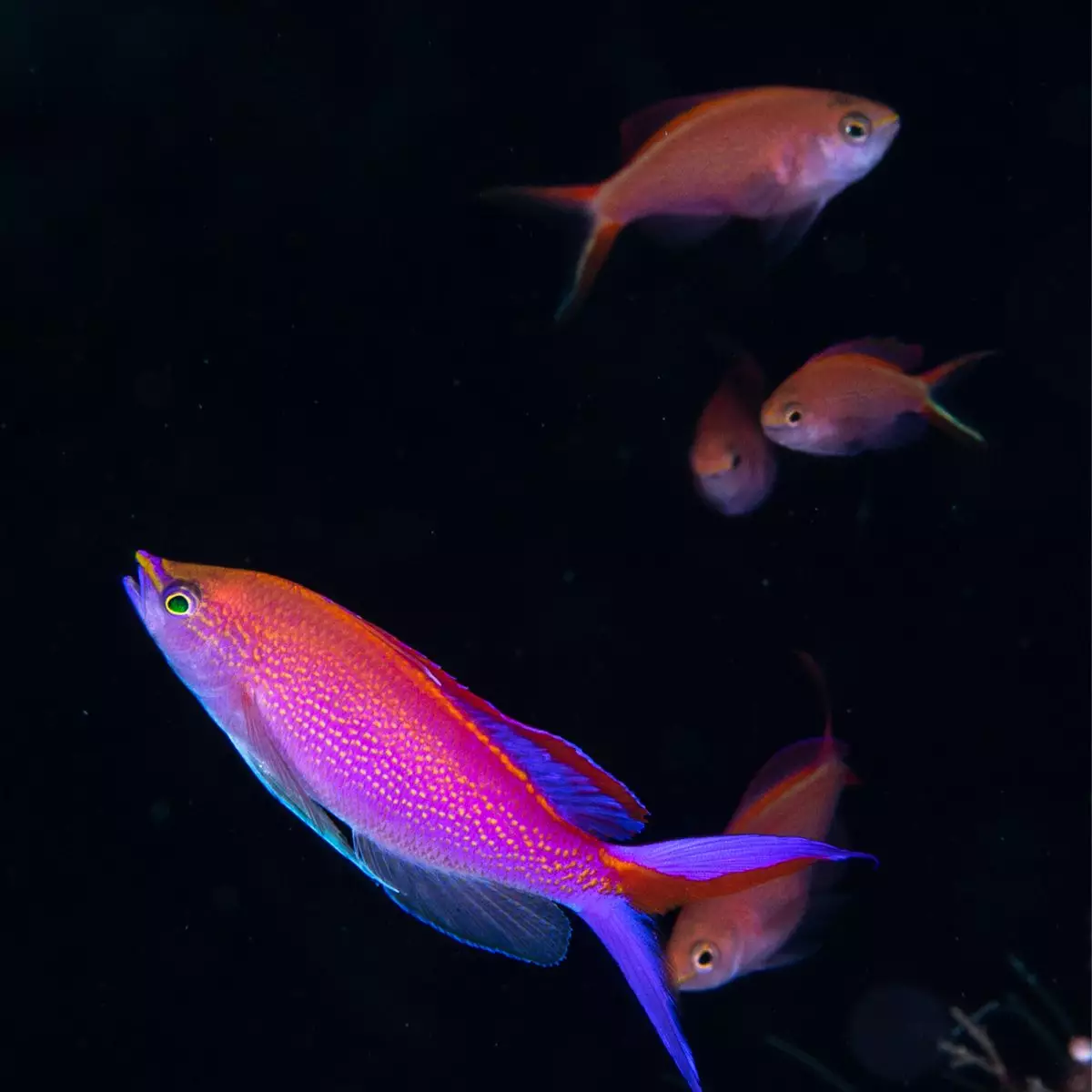
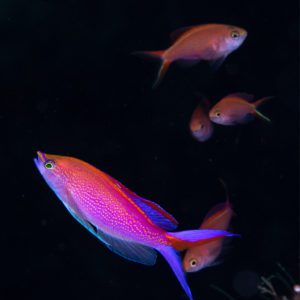
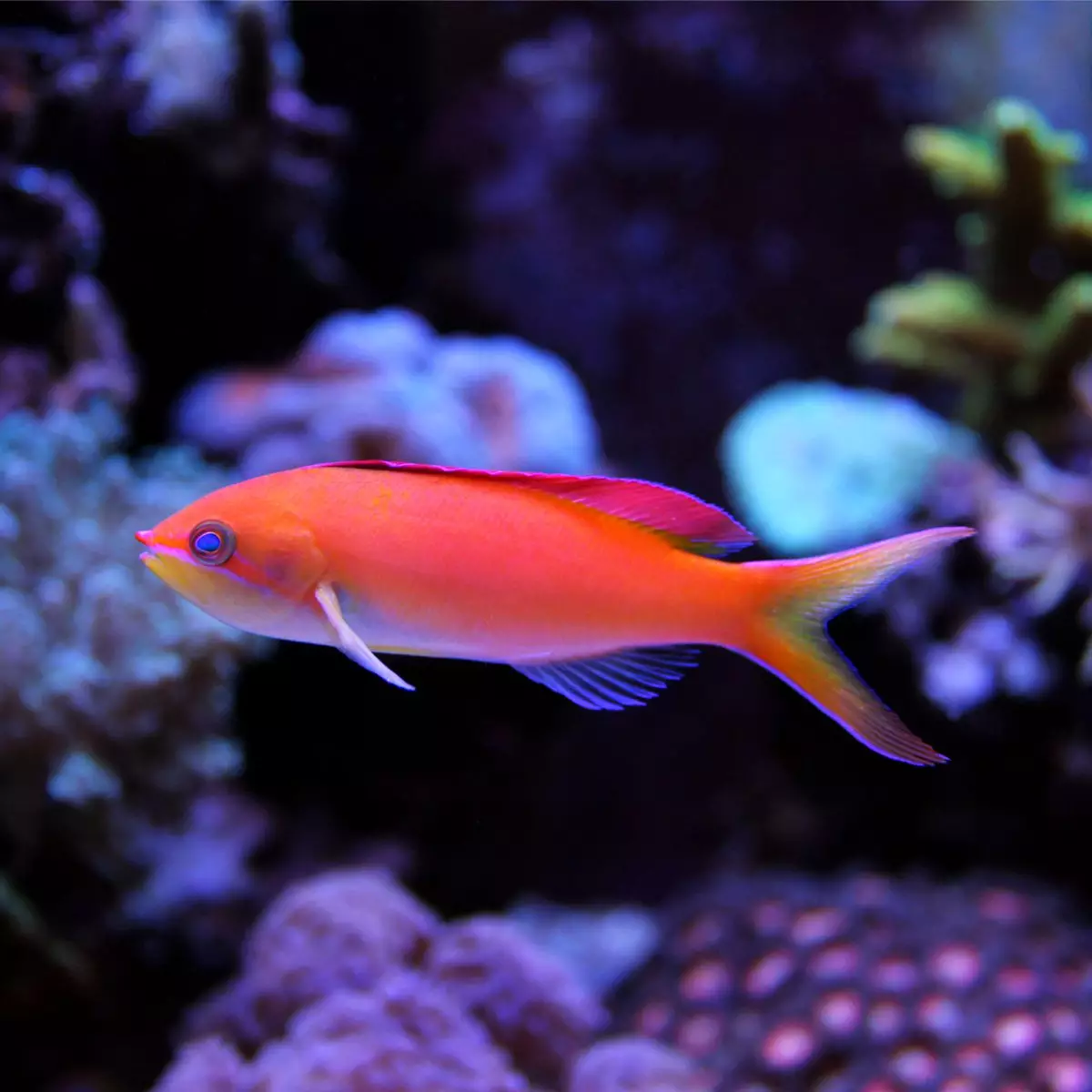
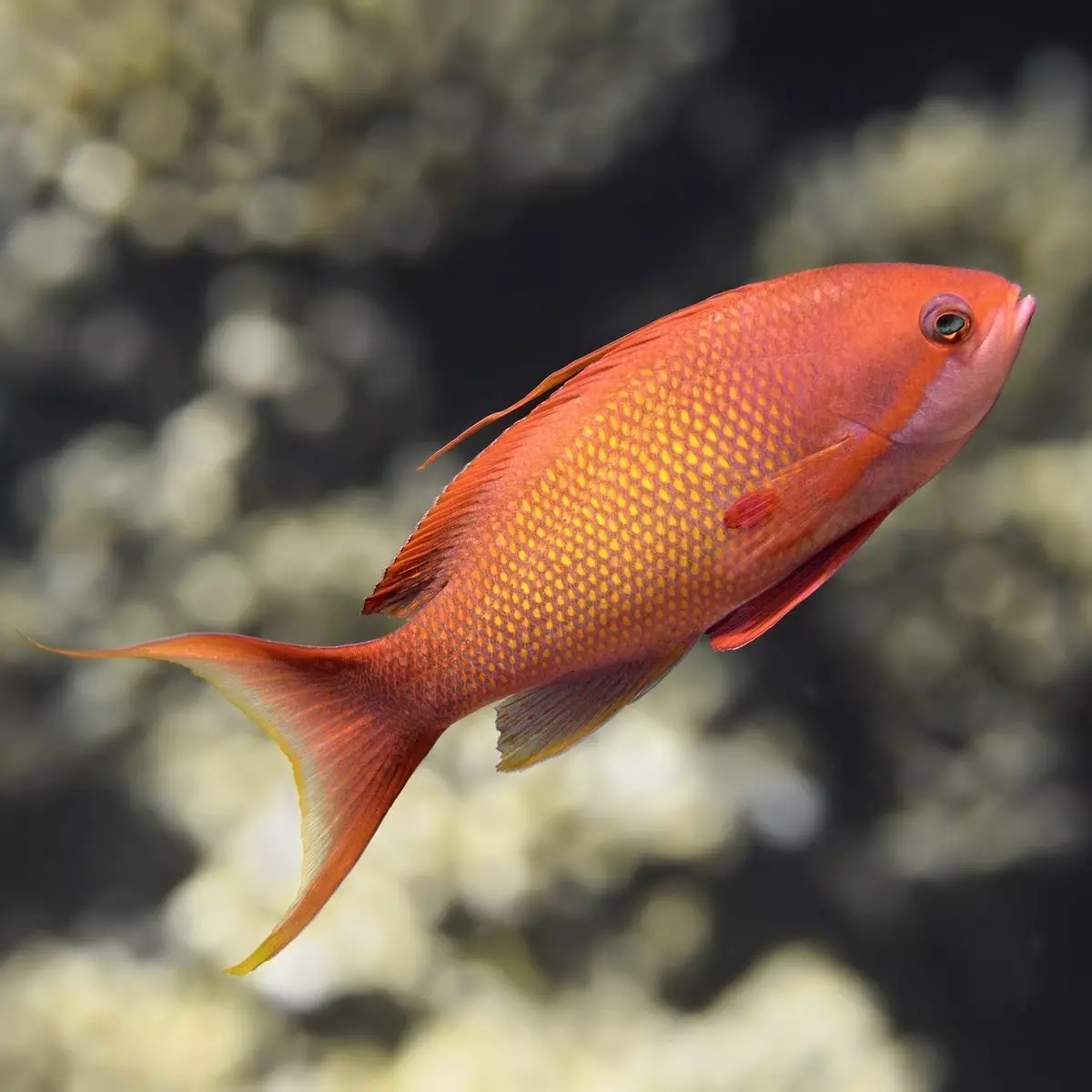
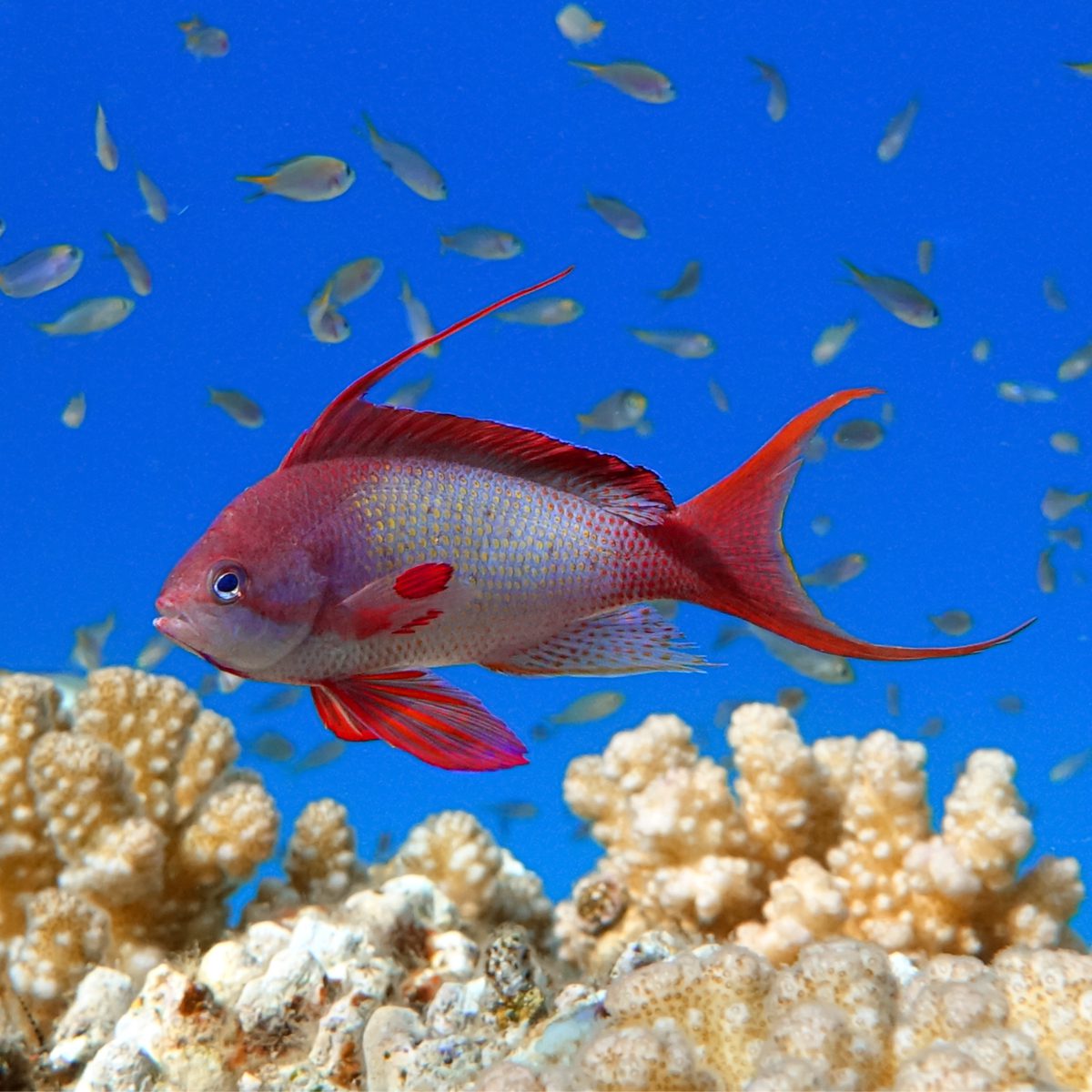
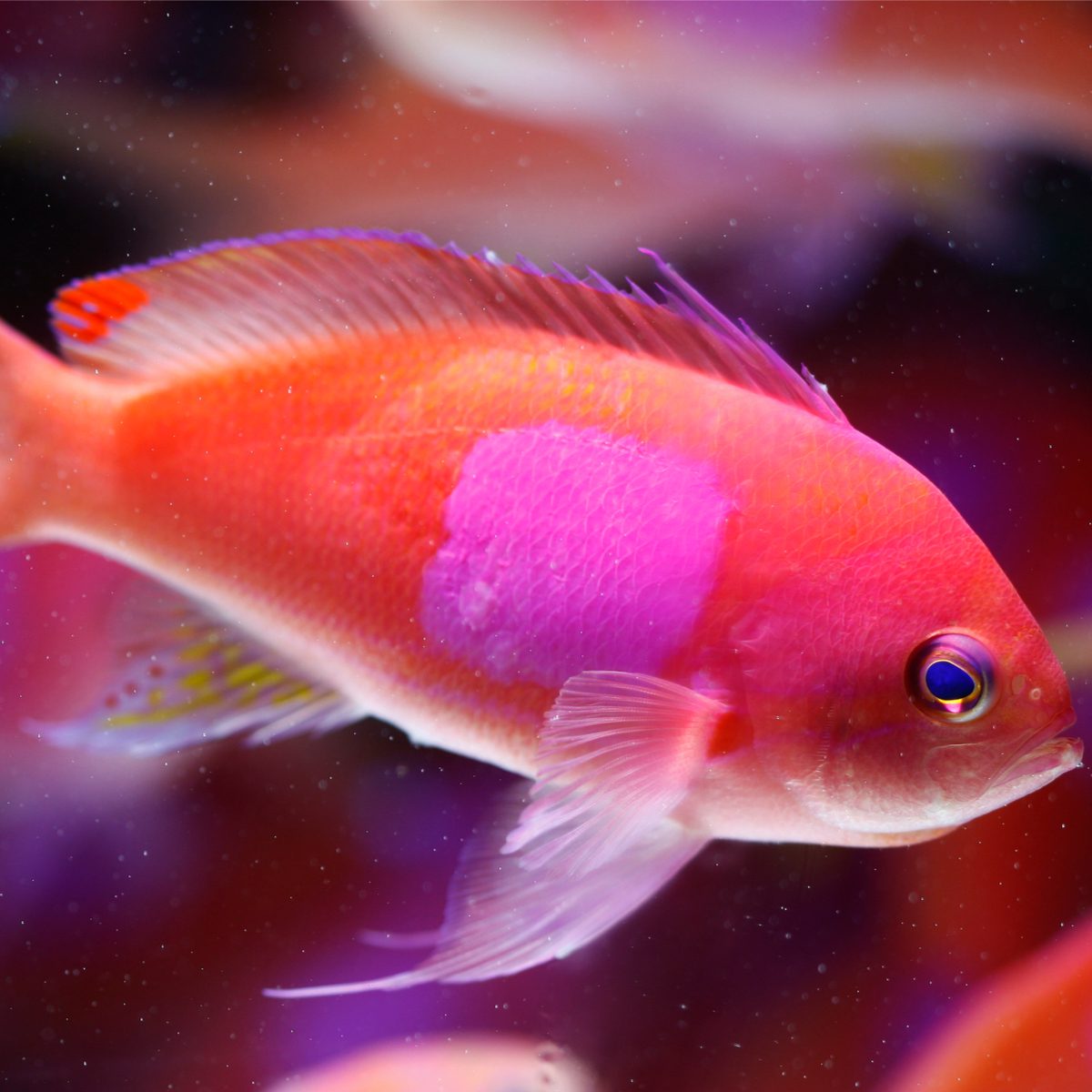
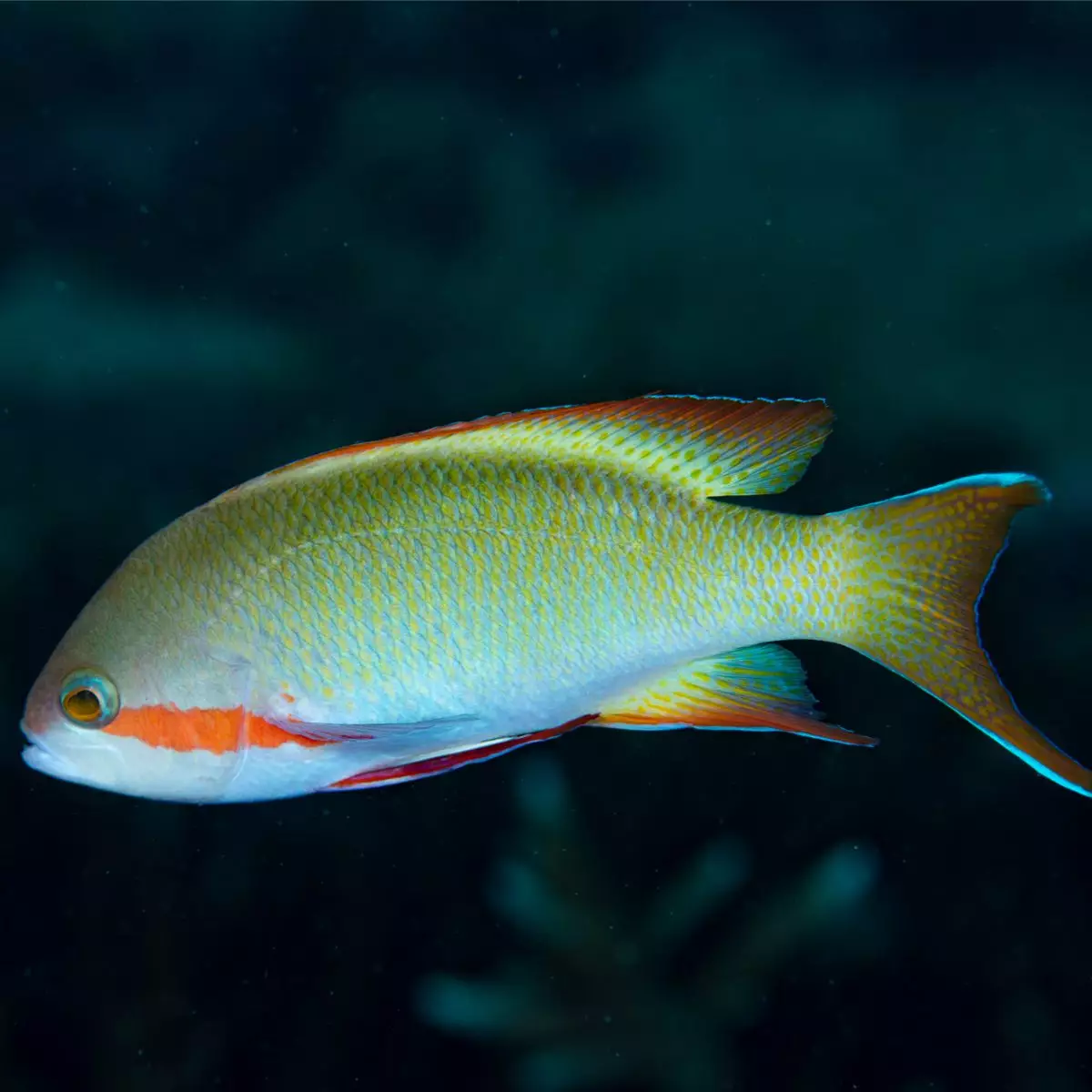
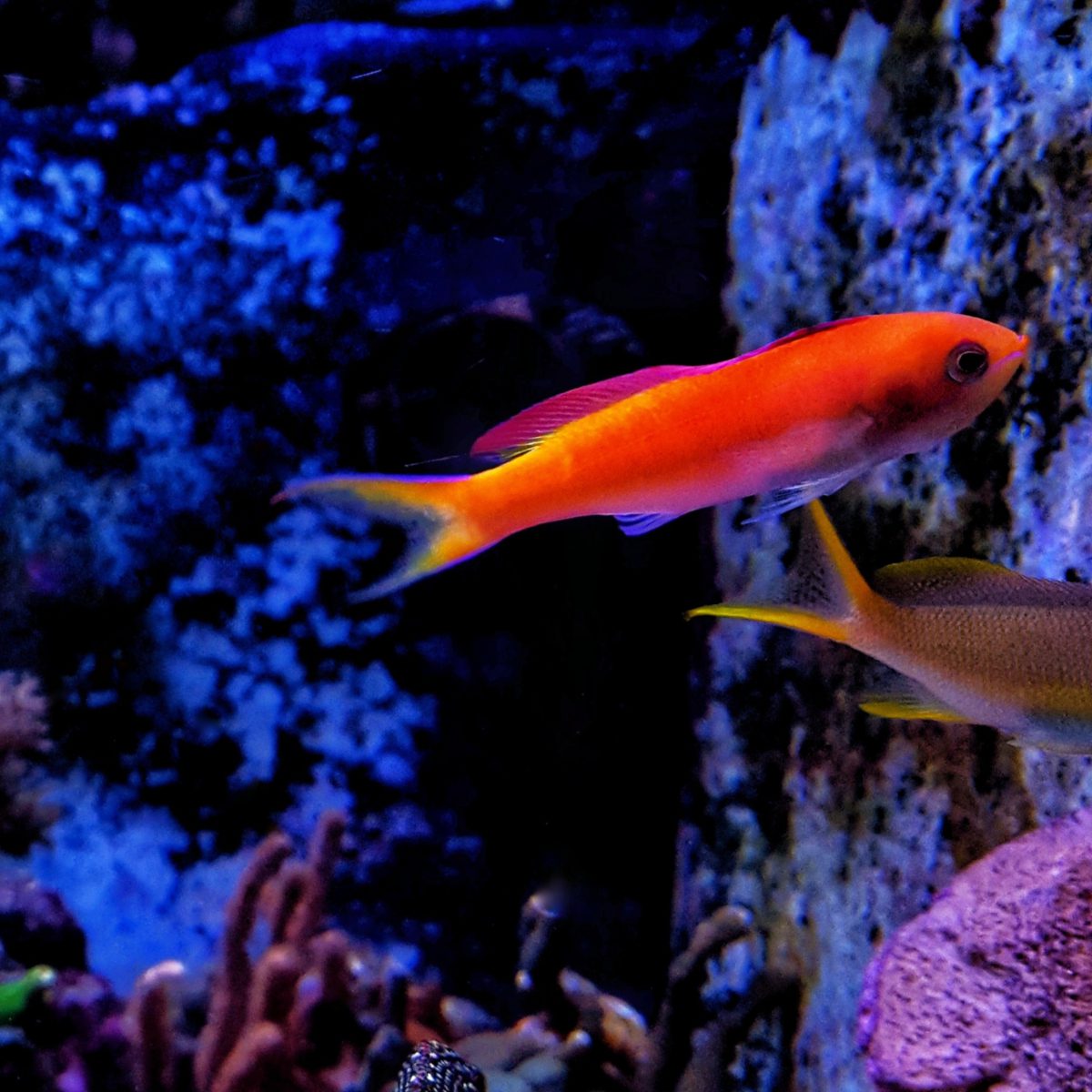
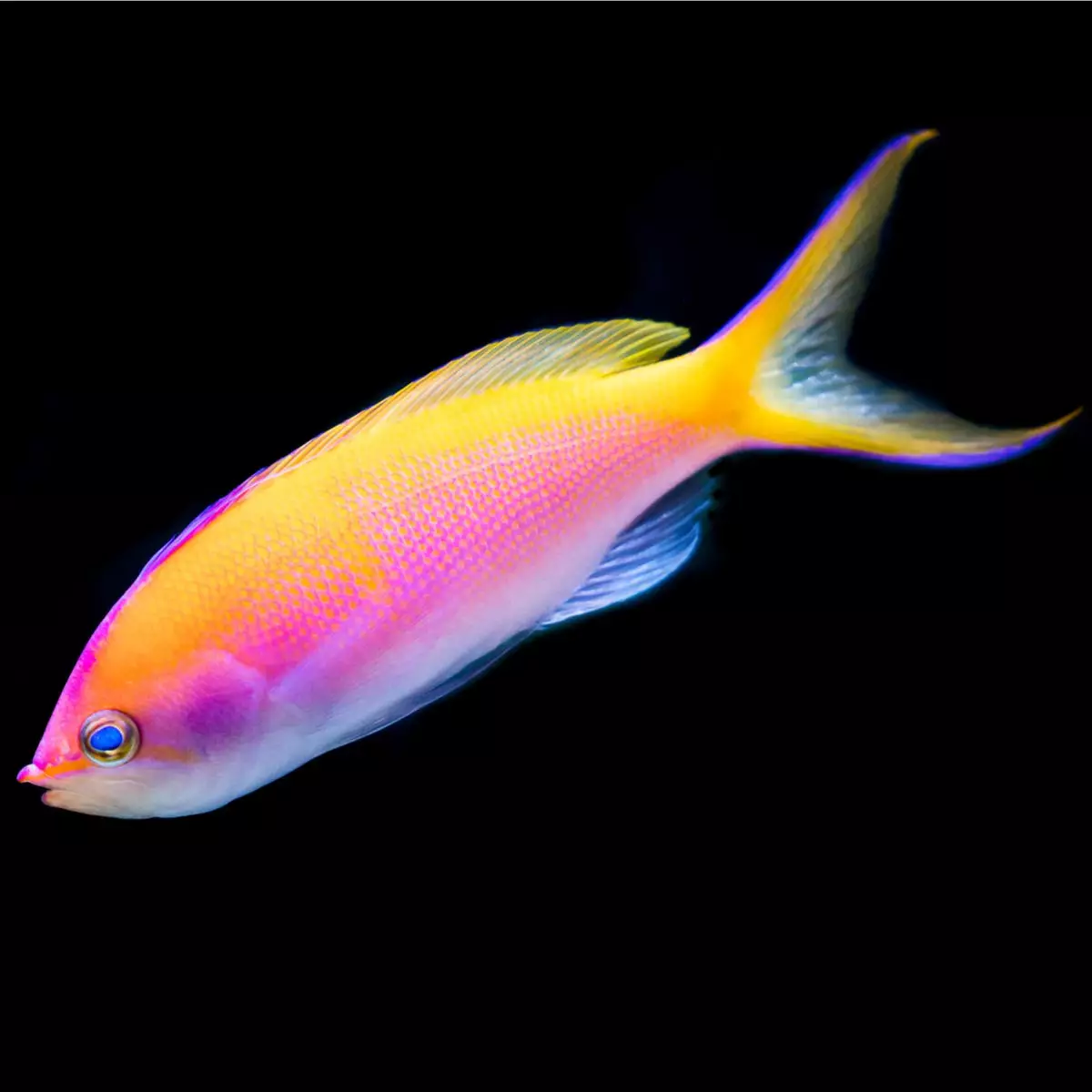
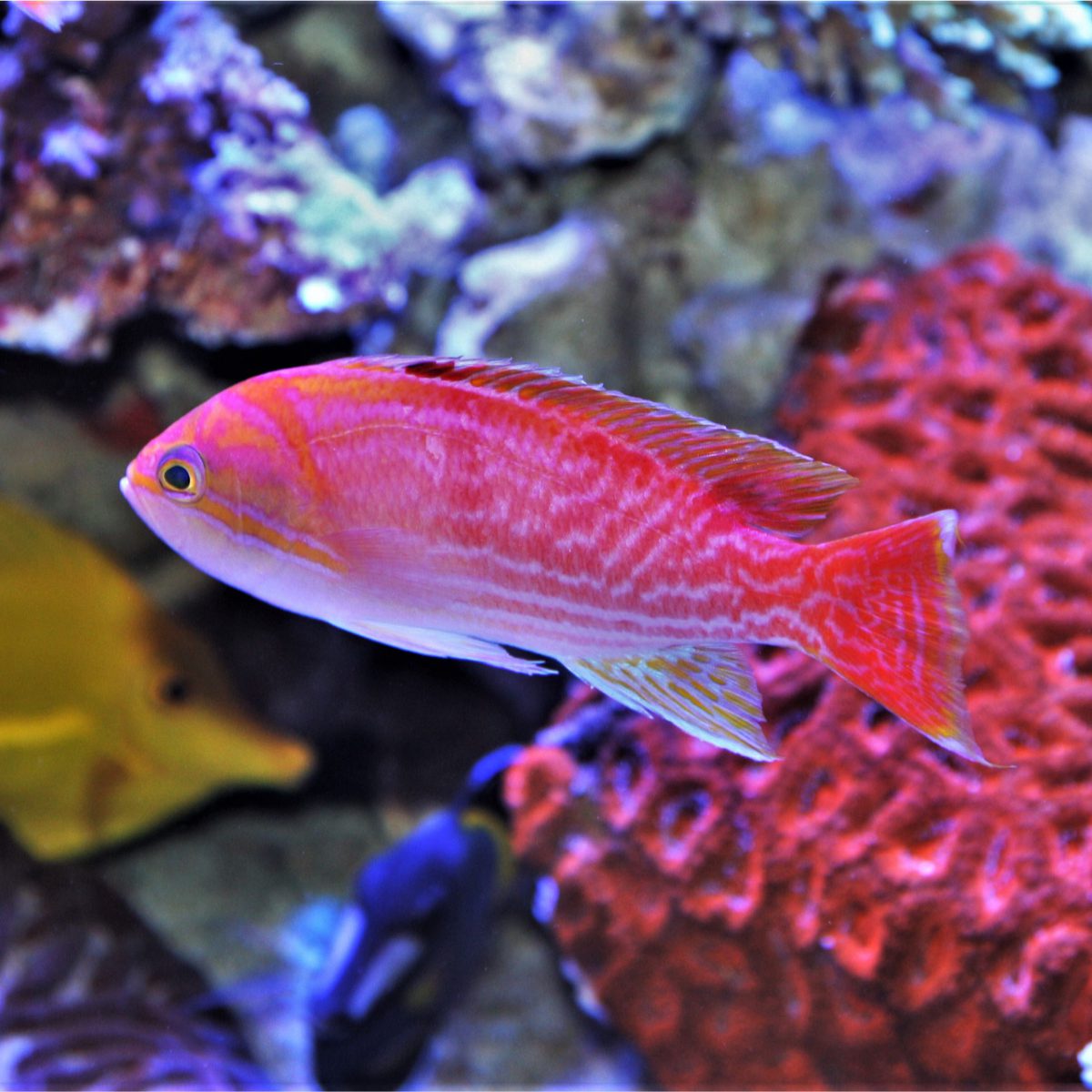


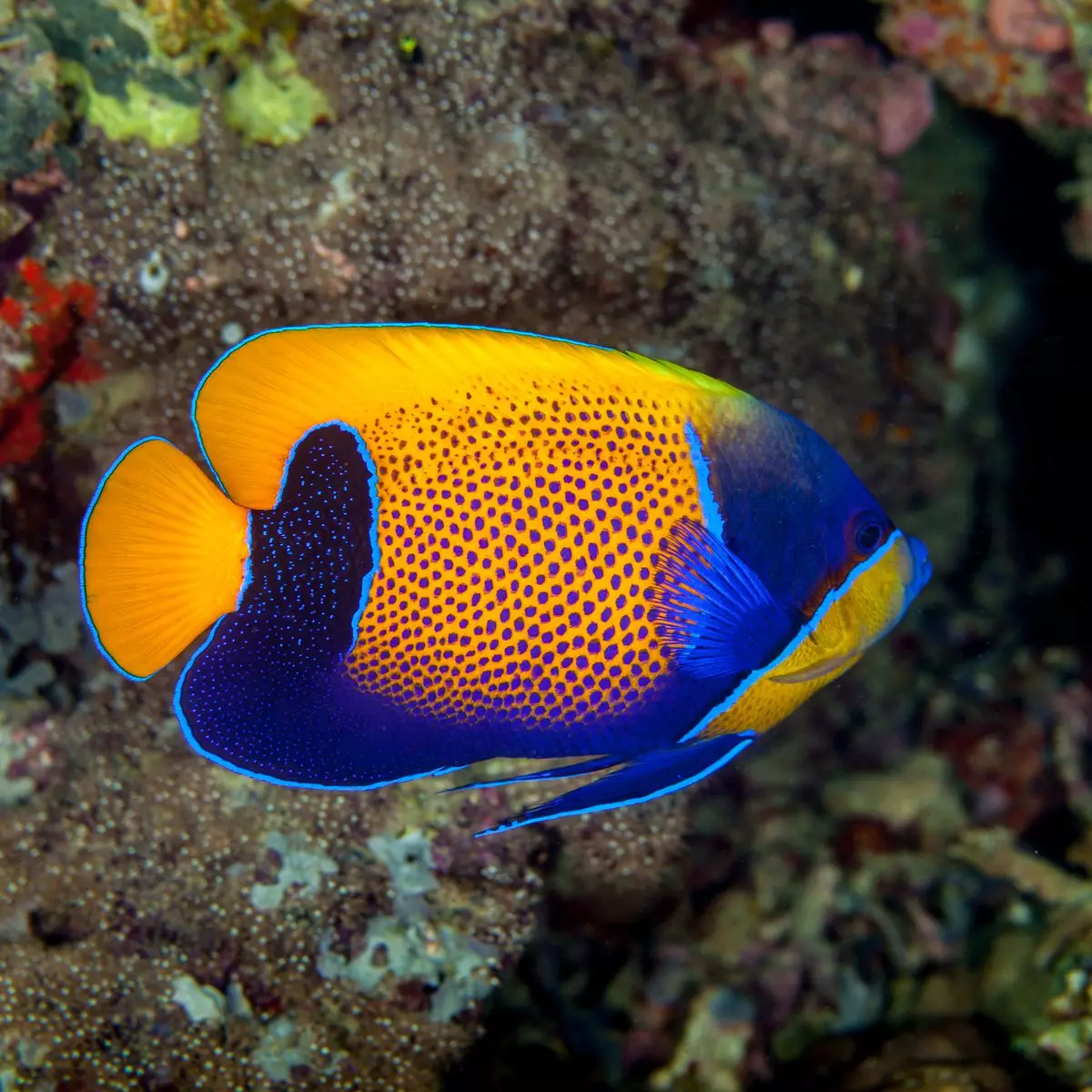
Reviews
There are no reviews yet.